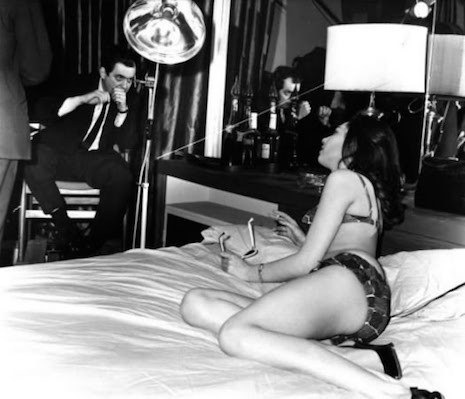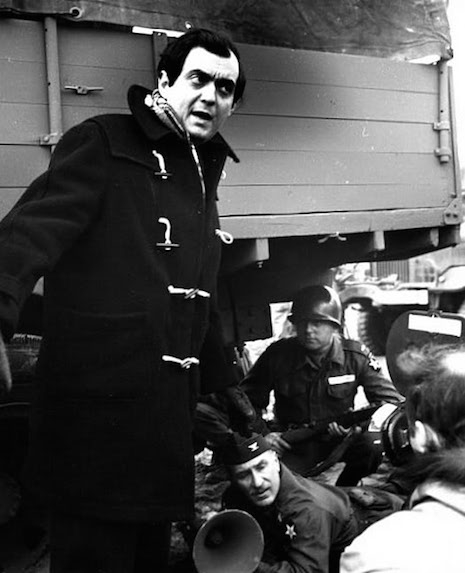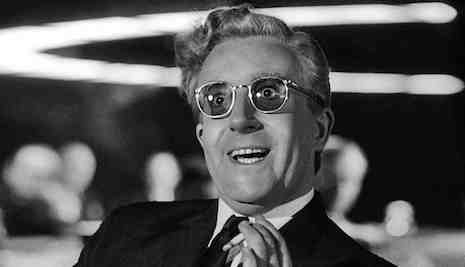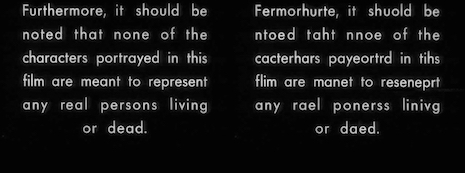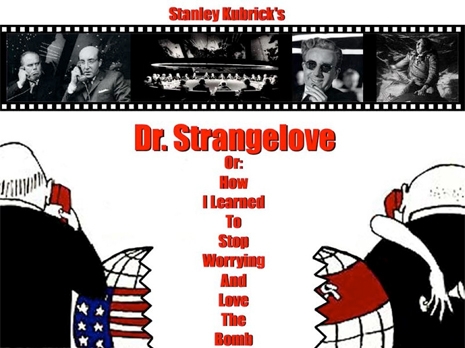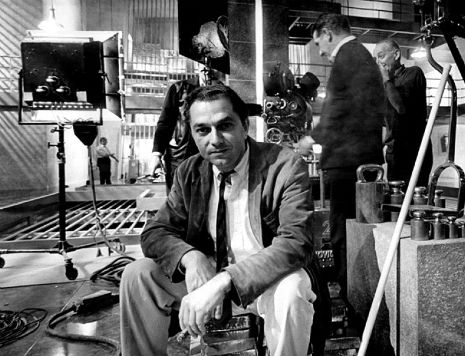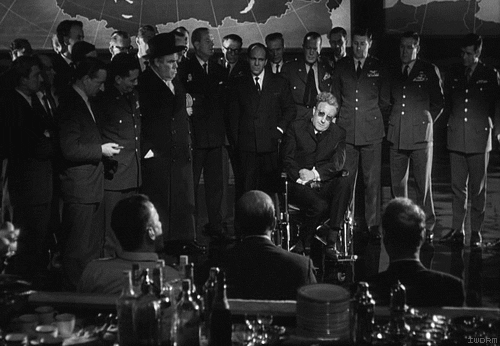
One hardly needs to have survived the ‘80s to know Dire Straits’ totally insipid yet somehow enduringly beloved anthem “Walk of Life”—you hear it at baseball games every time a batter is walked, and I’ll bet all those pennies-per-play in royalties to Mark Knopfler add up real damn quick, which was probably all part of a master plan for a lifelong revenue stream, as the song’s video is full of baseball players. But video editor Peter Salomone has found a new purpose for the cloying composition: he’s been busying himself dropping the song into the endings of dozens of movies, dubbing his endeavor “The Walk of Life Project.” Via Matt Novak at Gizmodo:
“My friend joked that ‘Walk of Life’ would be the perfect funeral song,” Salomone told me over email. “So then I just sort of melded that idea with my love of movie endings.”
“I tried a few (Star Wars, 2001, and The Matrix) and I was surprised at how well they synced up,” he added. “I didn’t re-edit the movie clips visually. I just found a good starting point for the song and the rest just fell into place”
The results are unfailingly hilarious. The song’s vapidly cheerful keyboard intro instantly transforms anything it graces, and the result is just pure comedy gold. I suppose it should go without saying that spoilers follow, since these are the ends of movies. Indeed, for that reason, I’m only linking clips from classics everyone should have already seen by now, especially if you’re fond of Kubrick, but recent films are amply represented in Salamone’s oeuvre, too. The entire collection is viewable at this link.
The Birds
More after the jump…







